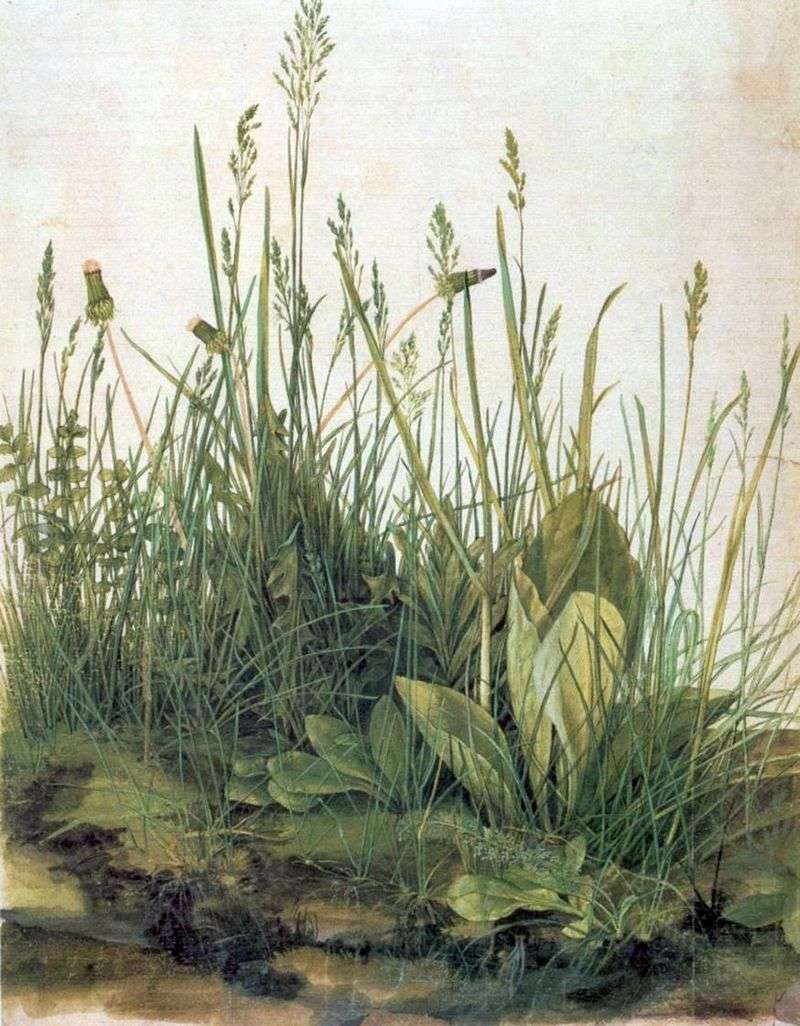
Albrecht Durer is one of the old masters of the Northern Renaissance, and undoubtedly is the greatest artist of the German Renaissance. Most of his work represents a unique synthesis of Italian humanism and design.
Separate love the master fed to landscape painting combining in the pictures the charm of nature and the animal world. During his trips to Germany and Italy, Dürer carried out numerous studies of wildlife, which resulted in a number of stunning works, including the watercolor Young Hare and the Great Piece of Meadow.
Dürer completed the work, also known as the “Great Piece of the Sod”, in 1503, in his studio in Nuremberg. Studies of nature, conducted by the artist, helped create this skillfully performed work depicting the interweaving of wild plants. Among them you can see chamomile, dandelion, plantain, yarrow and other representatives of the vegetable kingdom – flora.
The technique and skill of Durer, which have been shown in this image, are striking. Durer was able to convey the unique realism of each stem, leaf and flower. Realism of this level is achieved thanks to an interesting idea, in which the chaos of species diversity is combined with precise detailing of individual grass and flowers.
All this mess is located on an empty background, which serves to order the composition. With all the brilliant accuracy in the image of stems, earth and vegetation, the background does not support the composition with green fields or blue sky. It can be seen that the vegetation is strictly limited to the right, while on the left, it is not possible to identify a clear edge.
Despite the high appreciation of the work of art historians, Durer did not set himself as an end in itself to portray a realistic fragment of the living world. In contrast to the watercolor “The Young Hare”, which represented an independent work, this picture was more a study and a botanical experiment, which later helped the painter create large works. But, despite the fact that this picture is not attached to a particular object, it is considered one of the most famous works of Albrecht Durer.
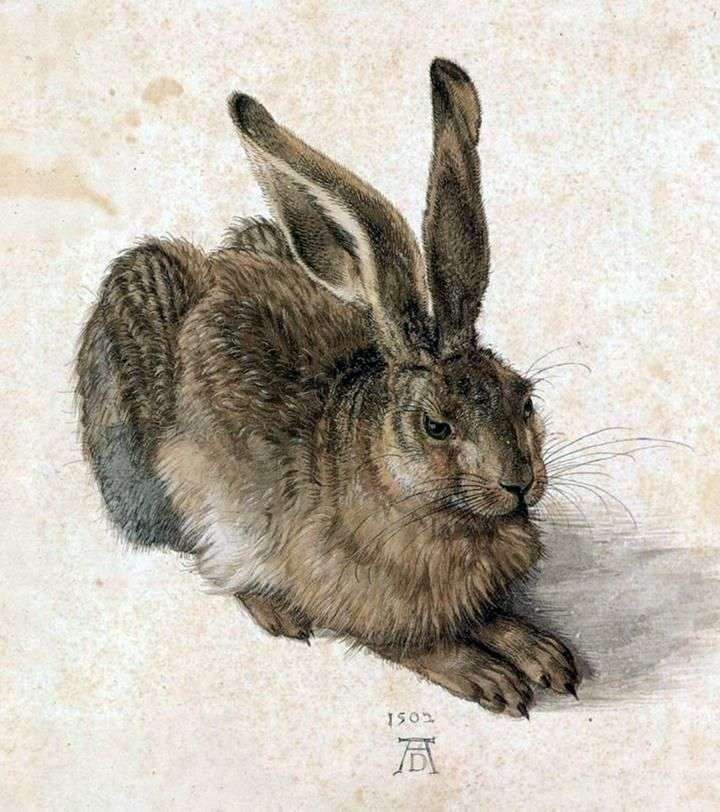 Young rabbit by Albrecht Durer
Young rabbit by Albrecht Durer Portrait of Barbara Durer by Albrecht Durer
Portrait of Barbara Durer by Albrecht Durer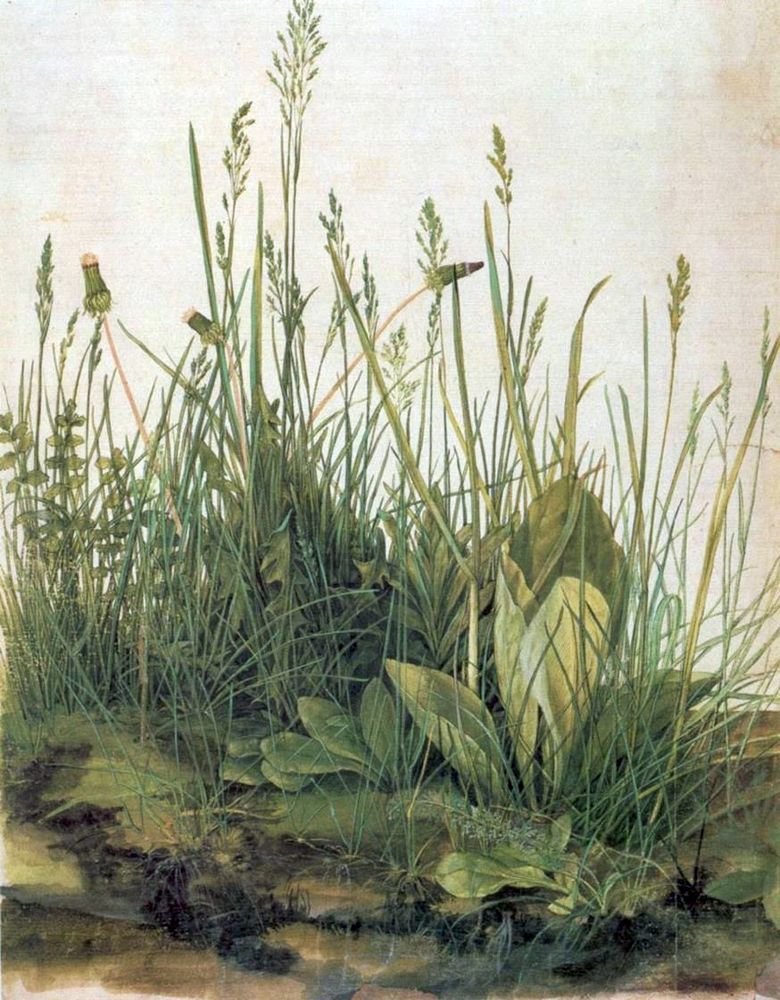 Big Meadow Slice – Albrecht Durer
Big Meadow Slice – Albrecht Durer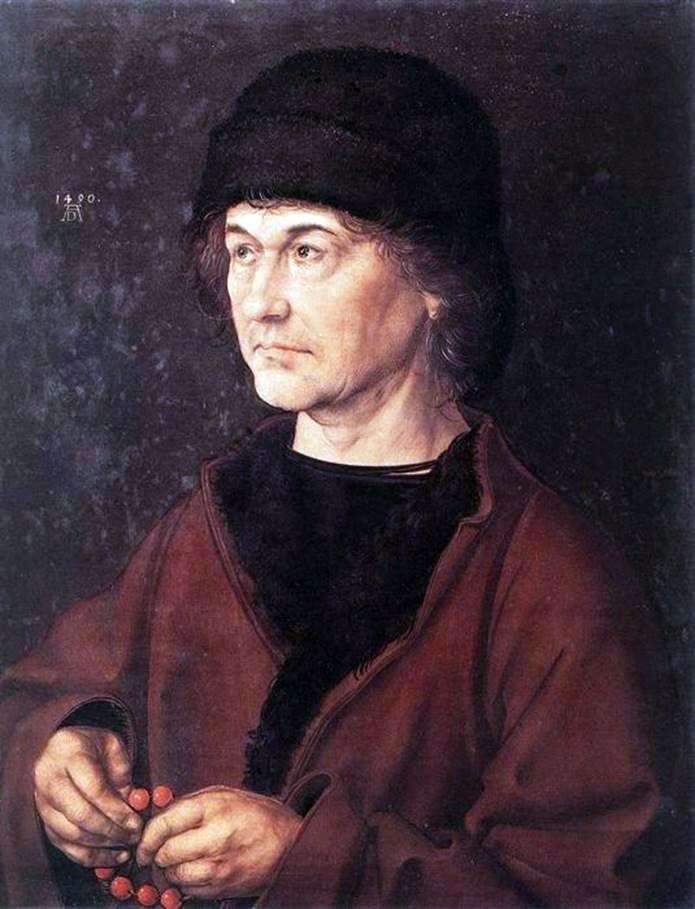 Portrait of the artist’s father by Albrecht Durer
Portrait of the artist’s father by Albrecht Durer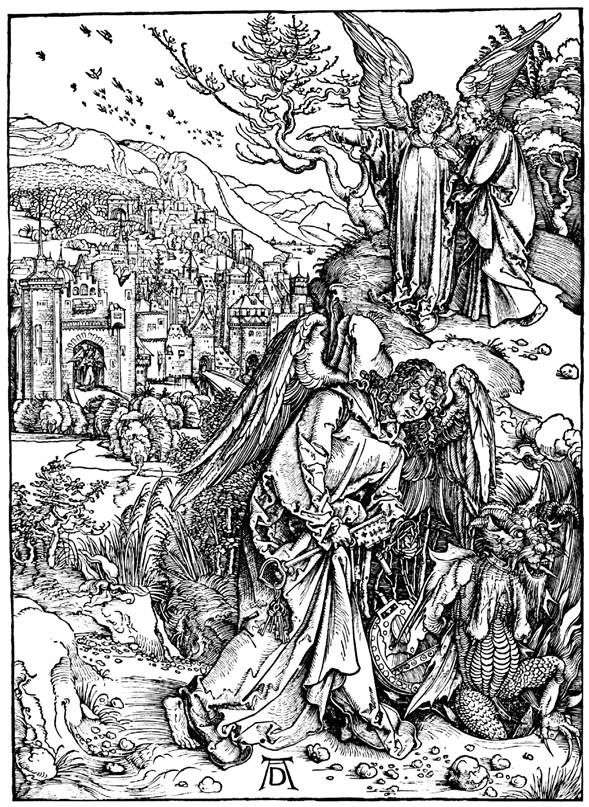 An angel with a key from Hell. Engraving by Albrecht Durer
An angel with a key from Hell. Engraving by Albrecht Durer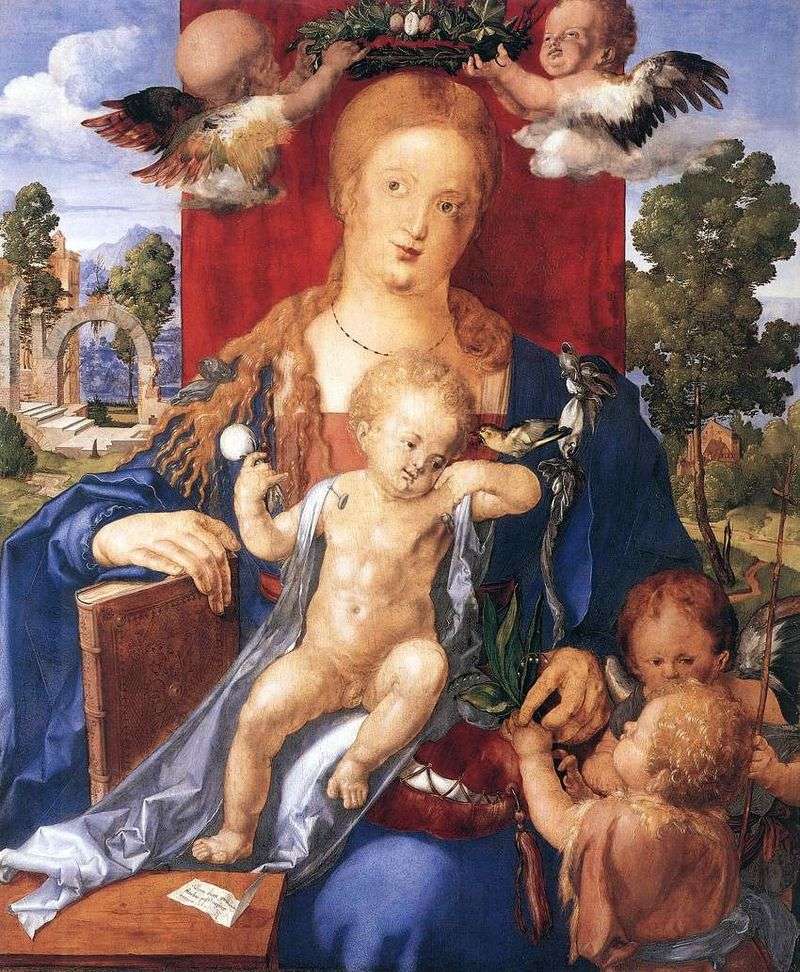 Madonna and siskin by Albrecht Durer
Madonna and siskin by Albrecht Durer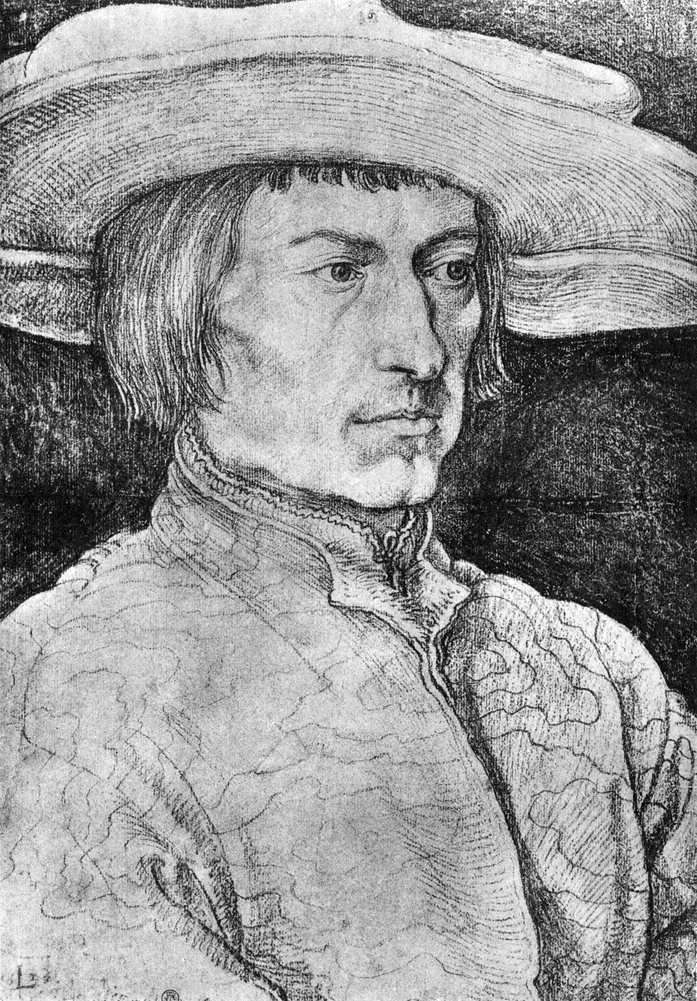 Portrait of Lucas van Leiden by Albrecht Durer
Portrait of Lucas van Leiden by Albrecht Durer Ecce Homo or Xie Man! by Albrecht Durer
Ecce Homo or Xie Man! by Albrecht Durer